Oh… and she’s for sale..!
It’s Monday, and I published an article..! Welcome back folks to an interesting story involving me acquiring and then resurrecting this beautiful Sansui AU-11000 integrated amplifier, one of the very best from the golden era of classic hi-fi gear. Join me as I run through a few details about this beautiful amplifier and its repair. Details about how to own this lovely piece are at the end of the article.
UPDATE: Sold!
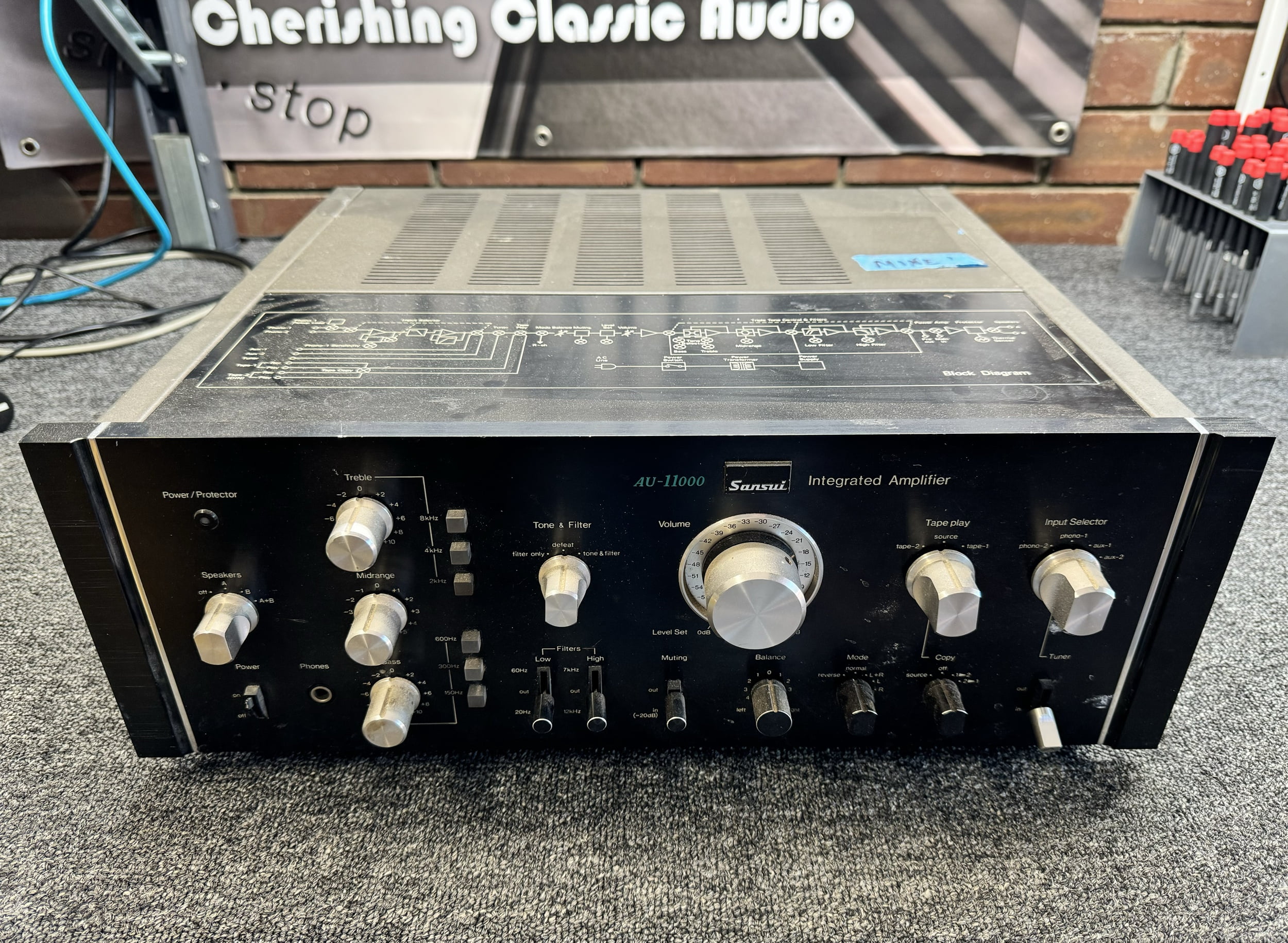
The Old, Closed Hi-fi Repair Shop
This is a funny story so I wanted to share it. It all started a few years ago when I was contacted by a technician who used to work in an electronics repair shop in Vic Park. He told me the place was shuttered up and that they were getting rid of everything since the store was closed and had been for years. He mentioned that he enjoyed my website and liked my approach, and asked if I wanted to visit this place to see if there was anything I wanted before they got rid of it all. A really decent guy, thanks Kim, if you’re reading!
When I arrived at this old place, I was greeted by an absolute gold mine of old hi-fi gear, most of it junk AV receivers, midi-systems etc, but also some beautiful hi-fi pieces that had to be saved. Some of the equipment had been sitting in various states of disrepair for decades, gathering dust, cobwebs and patina! One of the pieces I found was a beautiful Accuphase E-202, another was this lovely Sansui AU-11000 and another is a stunning Yamaha CR-2020 that sits on my shelf still and I will correct that, I promise.
Anyway, I took these pieces and a couple of others, planning to repair and sell them as I often do. Eventually, Kim contacted me again and asked if I’d fixed his Accuphase E-202! I hadn’t realised it was his, but I figured he’d helped me access this gear so when he asked if I could repair it for him, I did. I got busy with customer work though and the other lovely pieces like this AU-11000 sat on my shelves for another few years, waiting for me to find the time to look at them.
Every so often a customer would come by and see the AU-11000 and ask me about it. “Whose is it?” “Can I buy it?” “What’s wrong with it?!” One of those was a customer named Paul, collecting his just repaired Sansui AU-6600. It got me thinking, so I promised him that I was going to get it off the shelf, diagnose the issues, fix it and sell it. True to my word, I did this a couple of days ago which brings us to now! I have also already let Paul know that this is for sale.
Sansui AU-11000 Features
The AU-11000 is a fully-featured 110-Watt-per-channel integrated amplifier with all the things one could want in an integrated amplifier, including an excellent, discrete-component phono preamp, headphone socket, tape loops, pre-out/power-in option, etc. The Sansui AU-11000 was Sansui’s second from the top-of-the-line integrated amplifier from the mid-’70s, sitting just below the seminal AU-20000, and just above the very similar but less powerful AU-9900.
I’ve repaired a ton of amplifiers in this series including several AU-20000s, two AU-11000s and two AU-9900s plus various other AU-7700s, 6600s, 7500s and others this year alone. I don’t know what it is with Sansui but I always enjoy working on it, even AU-6600s and 7700s which I love a little less. I even have an AU-20000 with me now for repair, plus one that I own. Yes, that’s right folks, I will be selling an unobtainable Sansui AU-20000. When? That’s the problem, I have no idea!
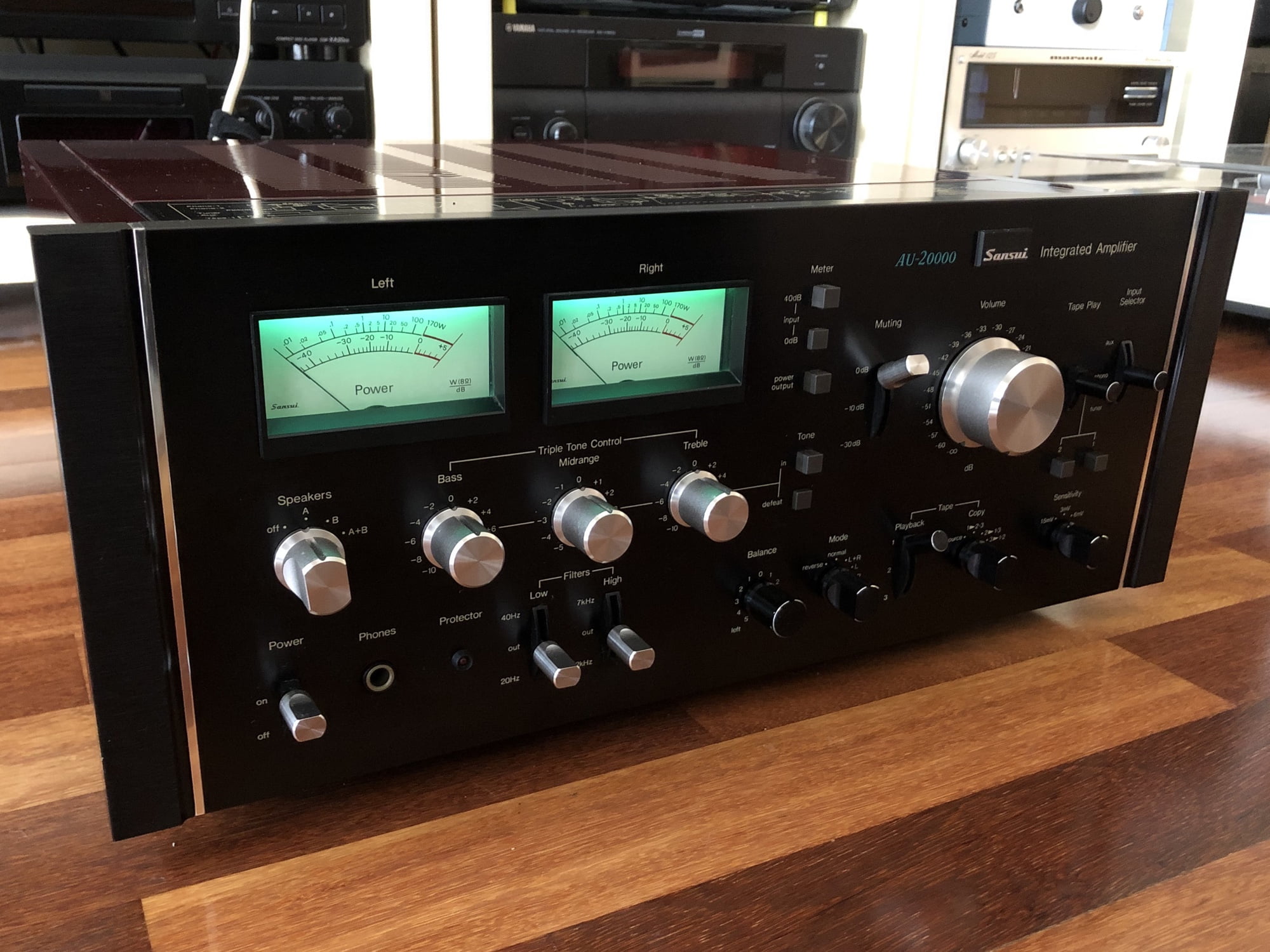
The AU-11000, like all better sansui equipment from this era, is superbly built. Thick metal cases and fascia, metal shielding, proper discrete component circuit designs, quality connectors, class AB design utilising heavy-duty TO-3 output devices, machined aluminium knobs and toggles, you name it, this beast has it. There is precious little plastic here, thank goodness.
Sansui AU-11000 Specifications
Courtesy of the legends at HiFi Engine
Power output: 110 watts per channel into 8Ω (stereo)
Frequency response: 10Hz to 50kHz
Total harmonic distortion: 0.08%
Damping factor: 80
Input sensitivity: 2mV (MM), 130mV (DIN), 130mV (line)
Signal-to-noise ratio: 65dB (MM), 80dB (line)
Channel separation: 55dB (MM), 60dB (line)
Output: 130mV (line), 30mV (DIN), 0.7V (Pre out)
Speaker impedance: 4Ω to 8Ω
Dimensions: 460 x 160 x 373mm
Weight: 19kg
Year: 1975
Issues
So, we know that this amplifier sat for decades until I was given it and then sat for a few more years (sorry) after that. The first period of sitting in the Vic Park shop was because it was abandoned after a fault had been created in trying to fix it. The time on my shelf is just because I’m too busy for my own good, my apologies again.
When I powered her up for the first time, I noted sound from only one channel and signs that people had tried hard to solve this, but missed the cause and created another problem. The trick with any lovely piece of gear like this is to get it the right help, ie not shotgun ‘parts replacer’ attention. Thankfully, sitting for so long in cold storage as she did is the best thing that could’ve happened to her because she never found her way into the hands of people who damage, devalue and even destroy gear like this, as so often happens.
What this means in practice is that the amp contains almost all her original factory components, something I rate as extremely important on the vintage hi-fi equipment desirability list, just as it is with vintage cars, motorcycles etc. This AU-11000 is not cosmetically perfect but she’s pretty good for her age and having a full set of original Sanken output devices and other parts is absolute gold.
Even as you see her now, she contains just a handful of replacement parts, meaning her next owner can choose to keep her original or have more work done, to suit his/her/they/their/zi/zer requirements and budget. Nice to have the choice I reckon, rather than being forced to accept a chassis full of garbage, poorly installed Suntan caps and all the damage that goes with it. That’s how we roll!
Resurrection
Fixing this one involved all the usual steps and work. First is my chassis deep-clean, utilising a method I’ve developed that harmlessly removes decades of contact cleaners, grease, grime, dust and dirt. I then removed, examined and cleaned each board, looking for and correcting issues I found. I replaced five capacitors in a power supply and more importantly, resolved issues with the volume and filter switch assemblies that saw her consigned to that too-hard shelf.
I could see that the issue had been originally misdiagnosed to the volume board itself and in trying to fix that, the repair shop had unfortunately installed a more permanent fault by damaging the traces associated with a film cap. That fault then added to the original issue with the volume potentiometer and attenuator, leading to the equipment sadly being shelved. I wonder what happened to her original owner? I’d love to know more about this case, though we probably never will, unless he’s out there, reading this. Please contact me if so!
Anyway, I repaired the volume board and serviced the volume pot/attenuator and the mute switch module and that fixed the no-output in one channel issue. Volume pots are often problematic at this age, as are the ALPS switches featured in amplifiers from this era, but that’s not because they are no good – they are superb – it’s from a lack of maintenance. It’s exactly the same as if you never got your car serviced. How well do you think it’s going to run after 50 years?!
Faults like these often see people trying to replace pots that don’t need to be replaced and I’ve seen pieces trashed for this reason alone when a replacement cannot be sourced and someone ruined the original. I’ve lost count of the number of people who’ve contacted me because they think/thought they needed a new volume potentiometer. Do you want to know how many times I couldn’t completely resolve issues with pots like these..?!
Finally, I completed a full electronic alignment and some detail work and she is now good to go! Let’s look at a few pics.
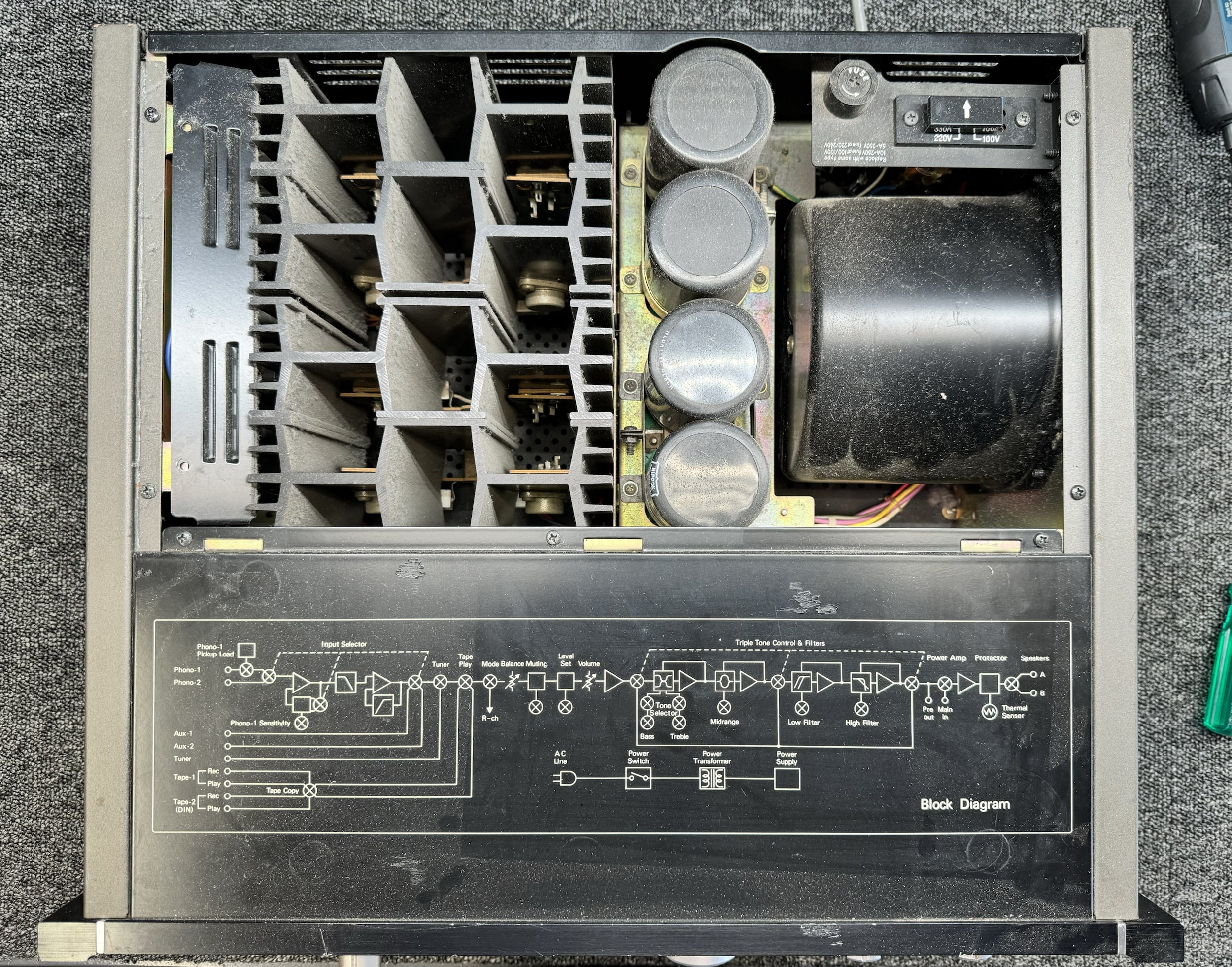
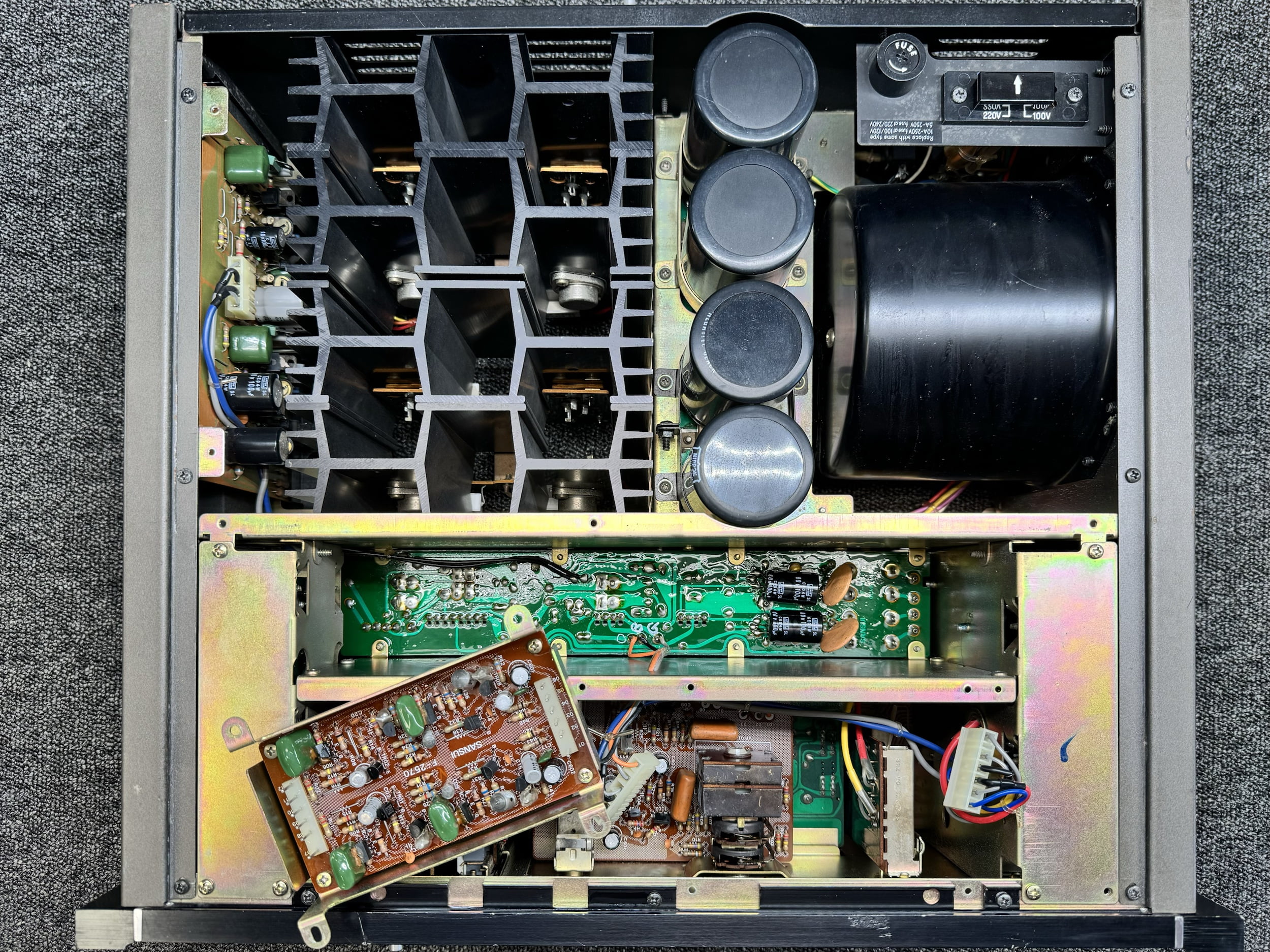
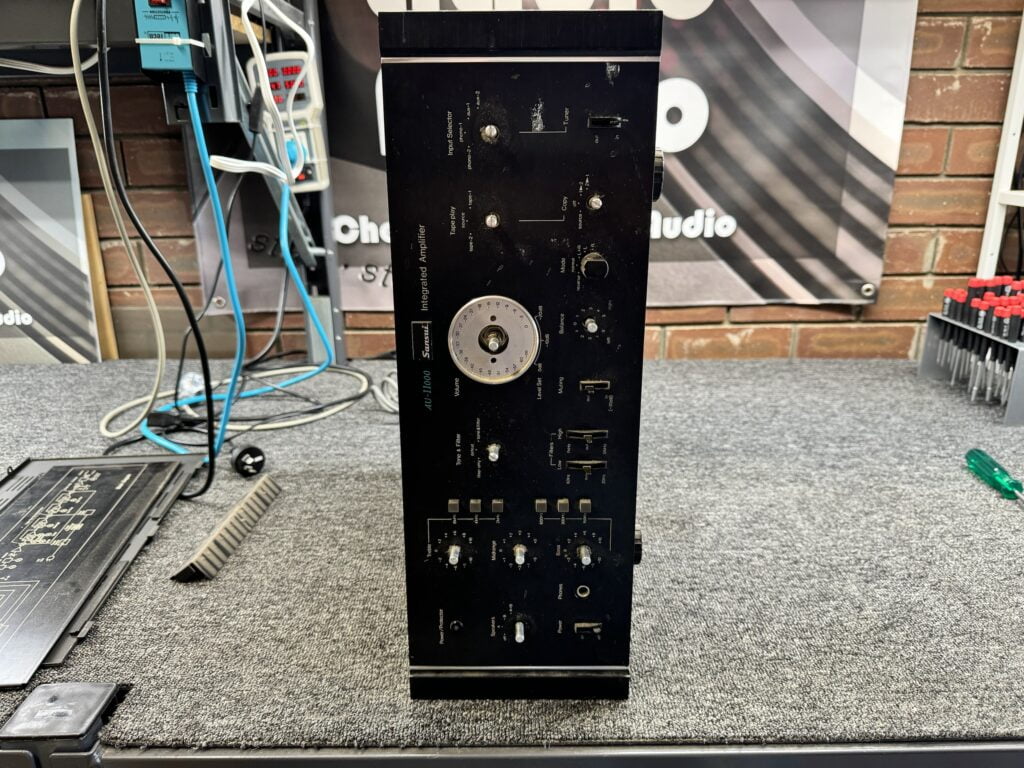
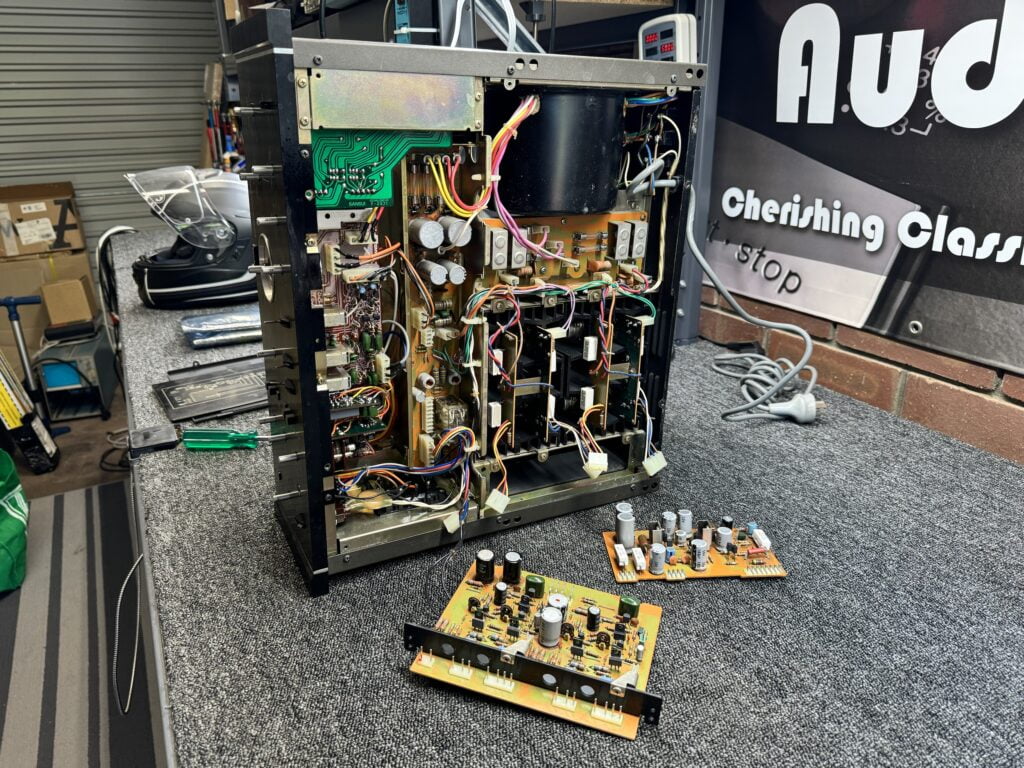
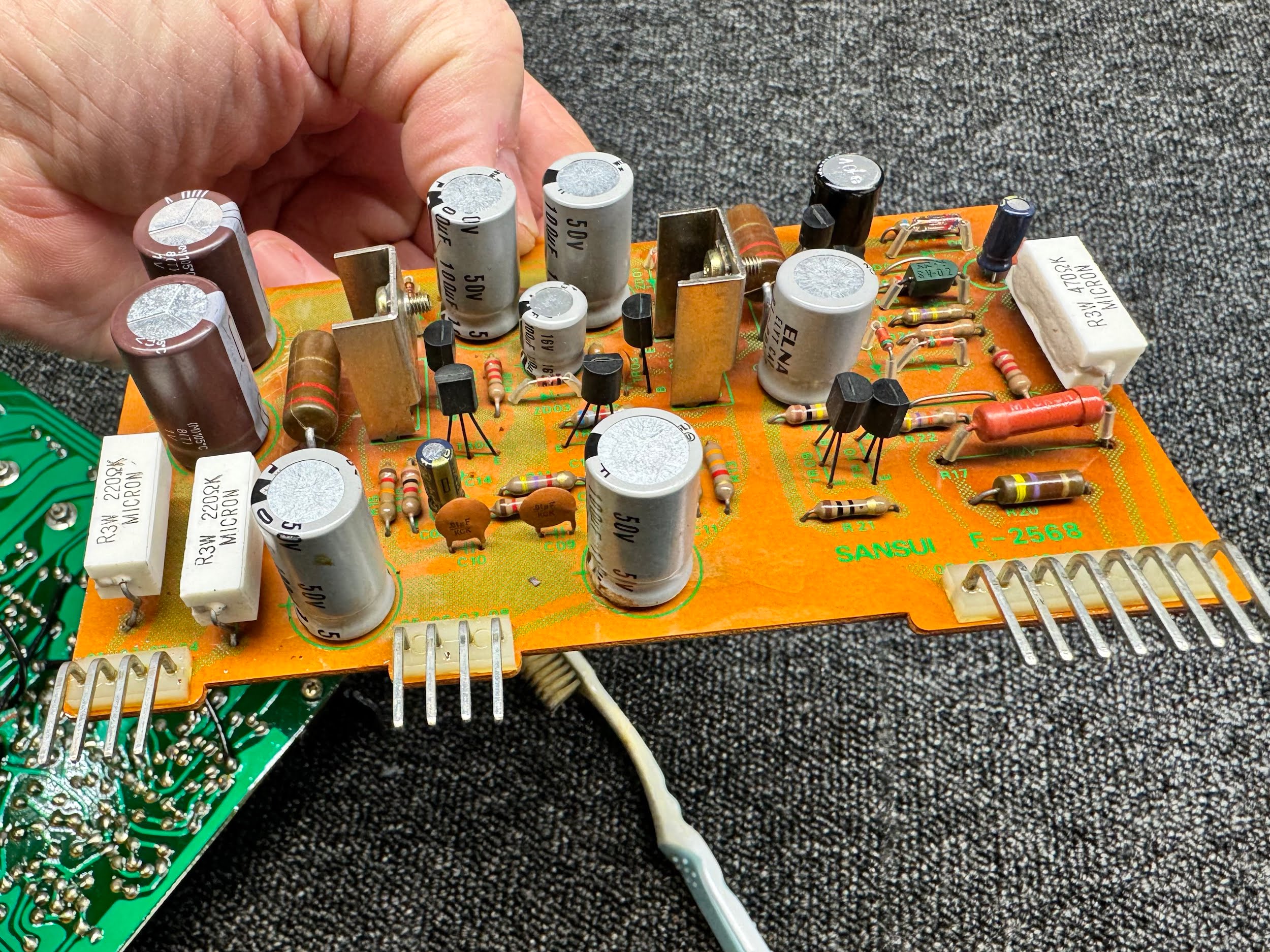
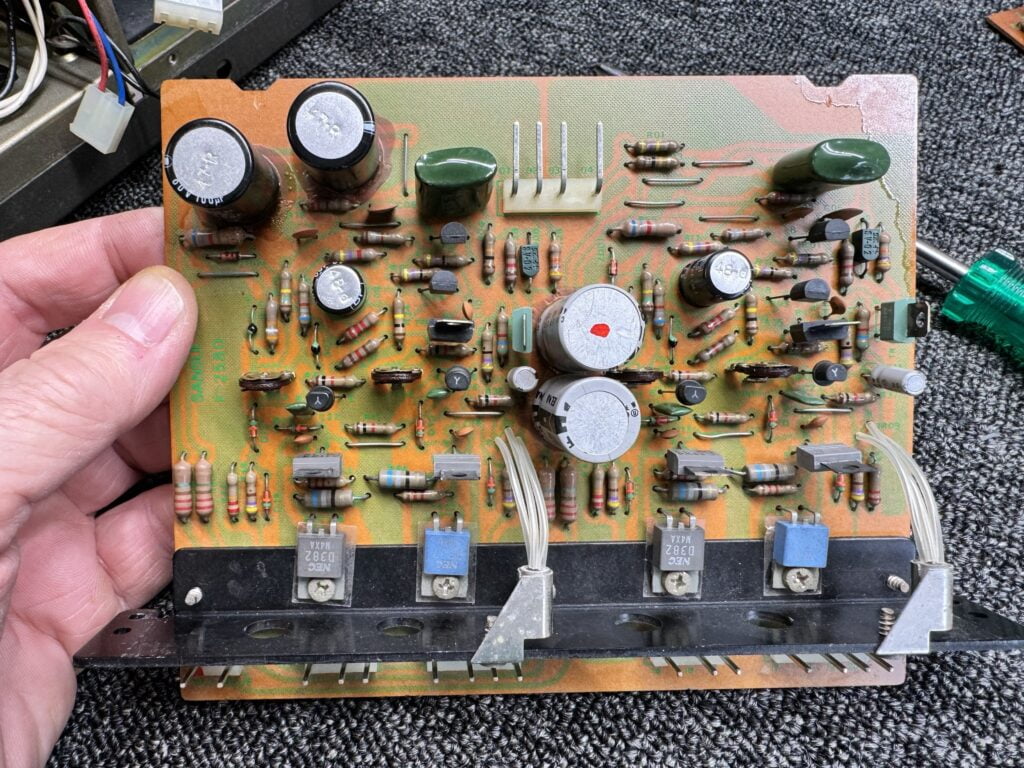
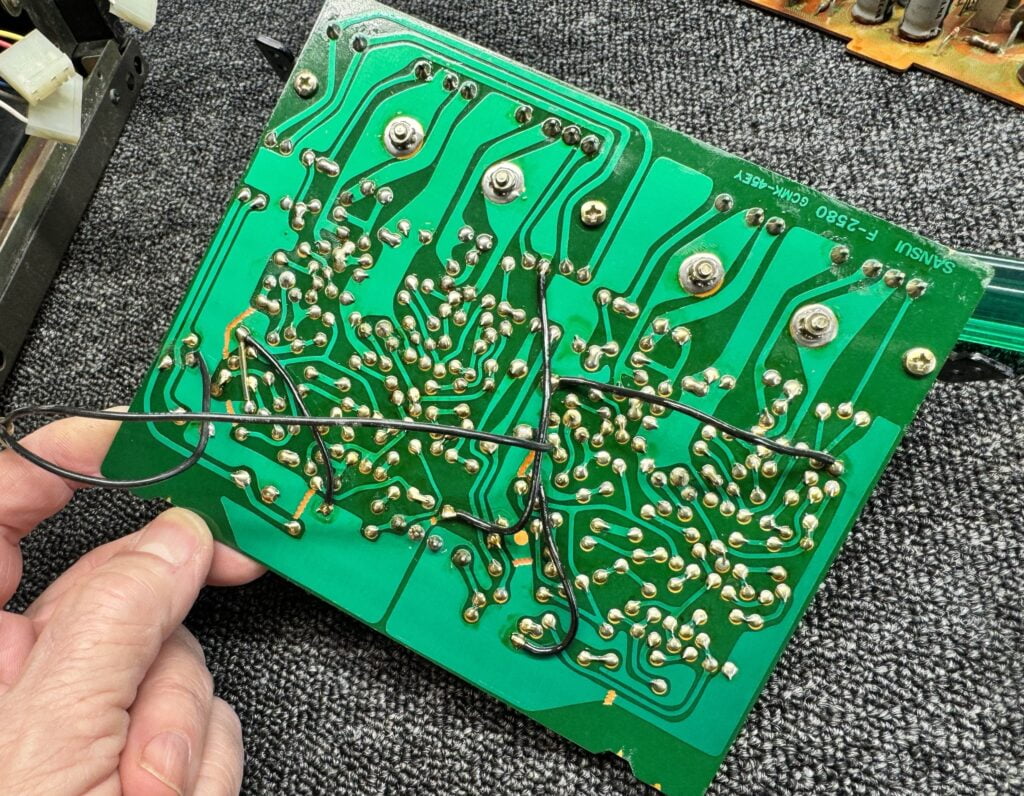
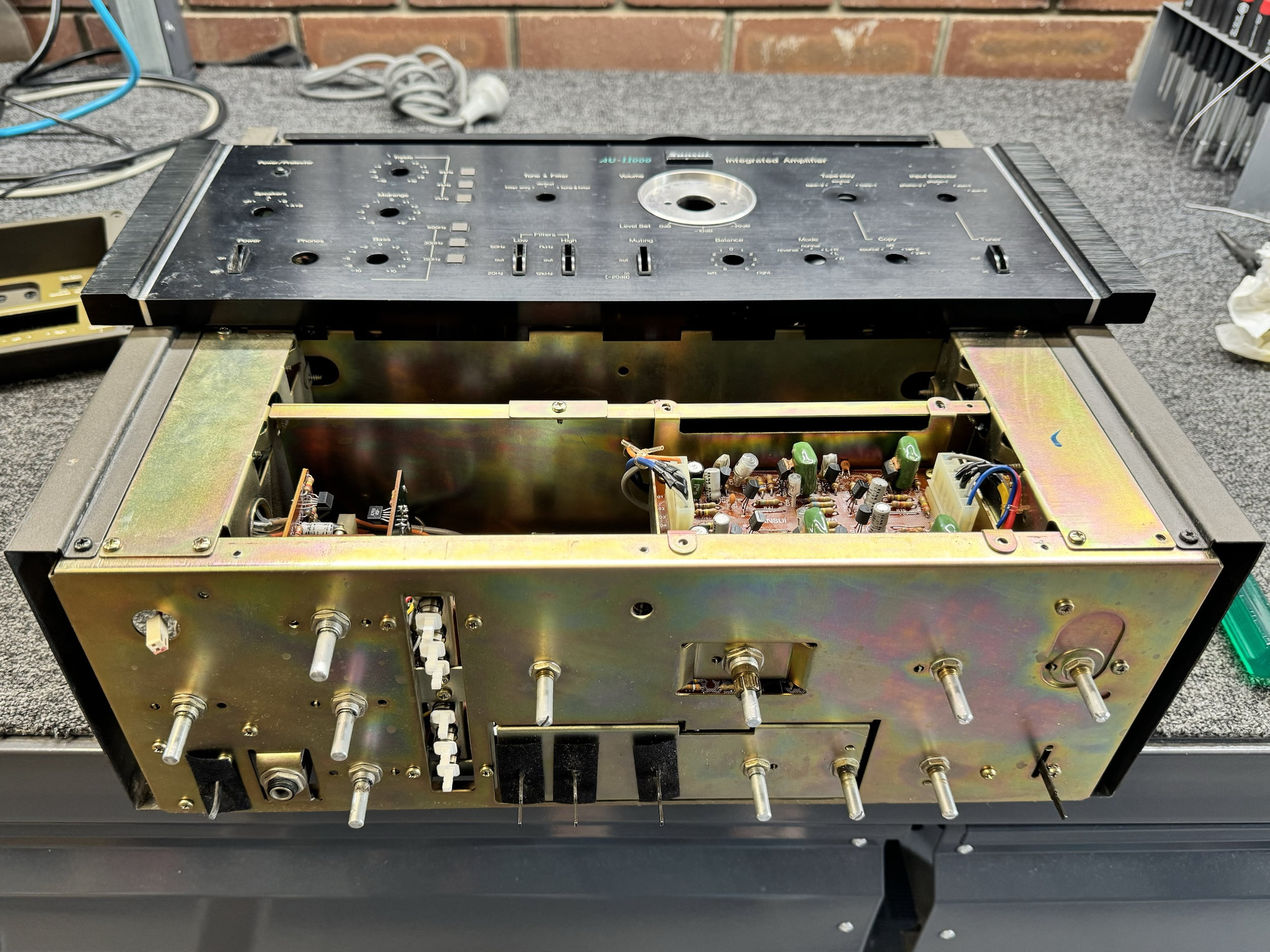
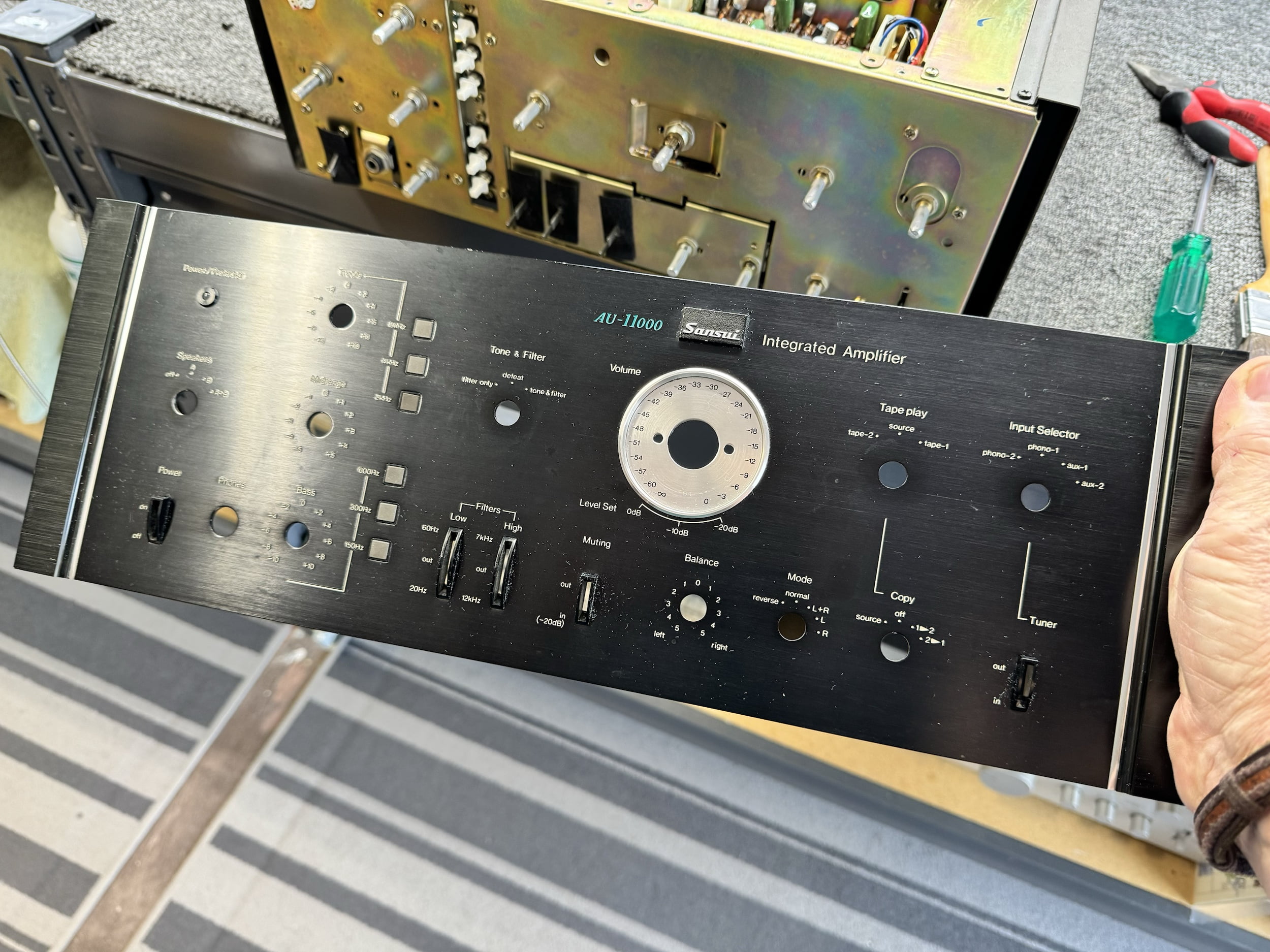
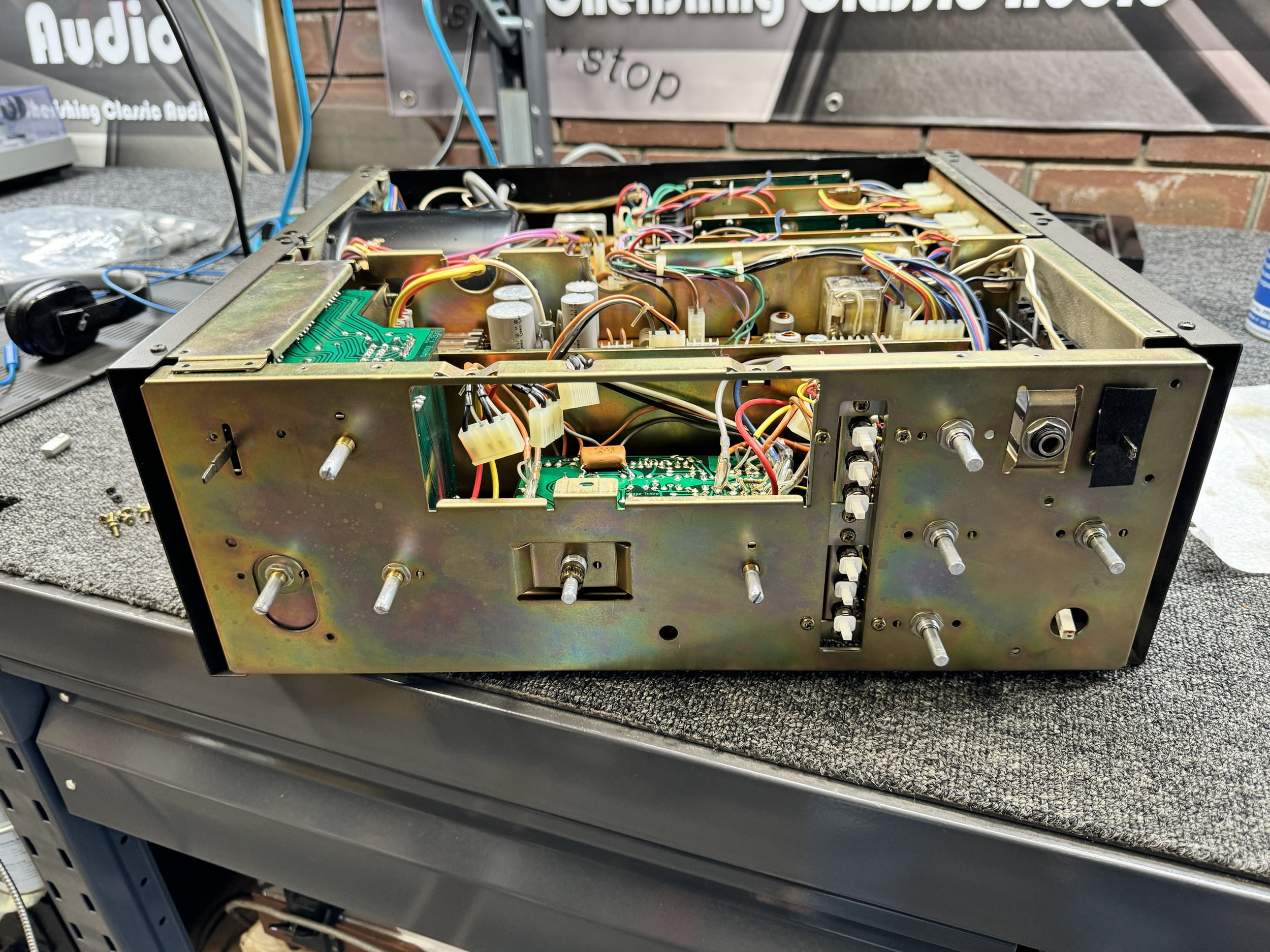



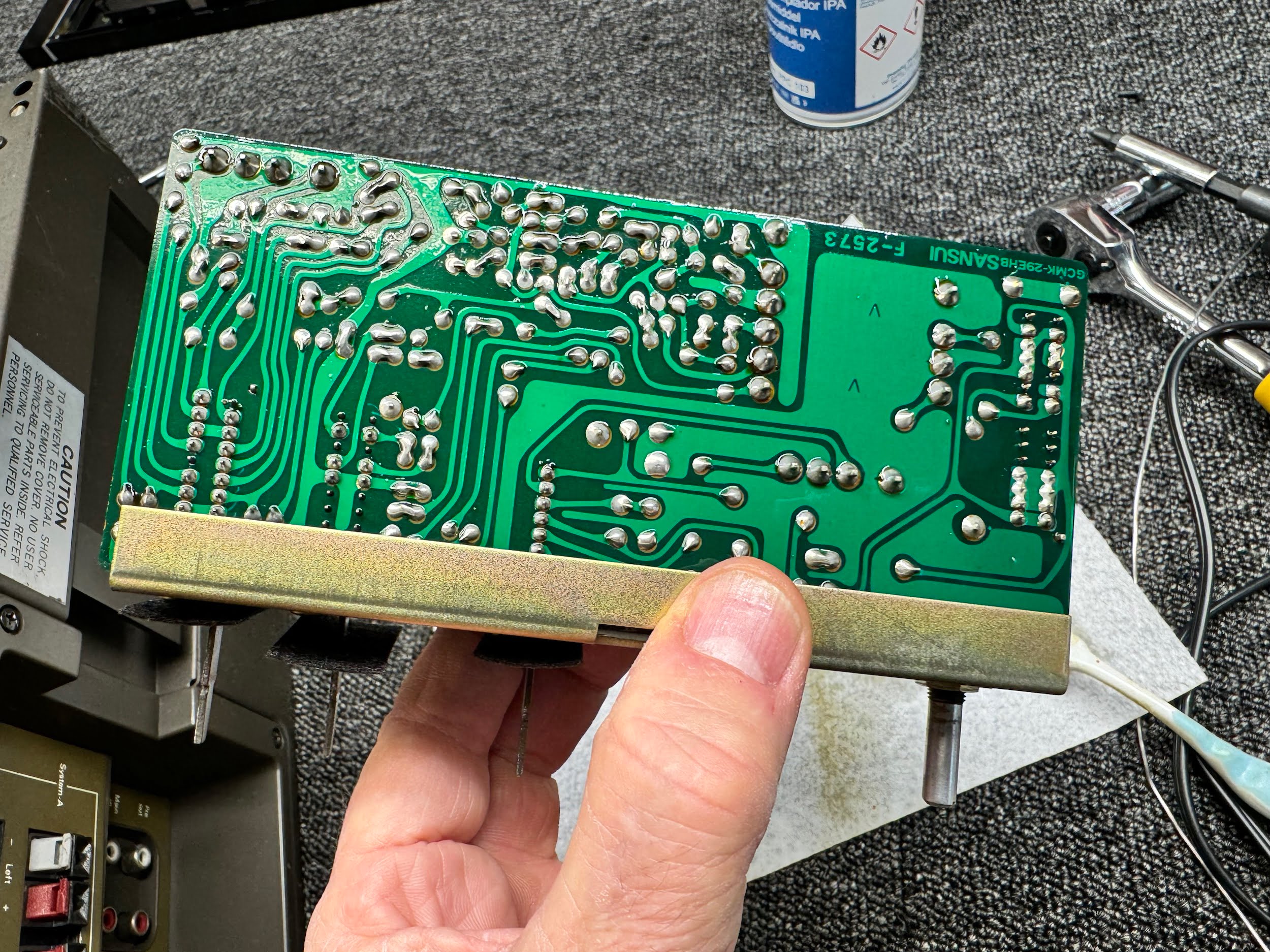
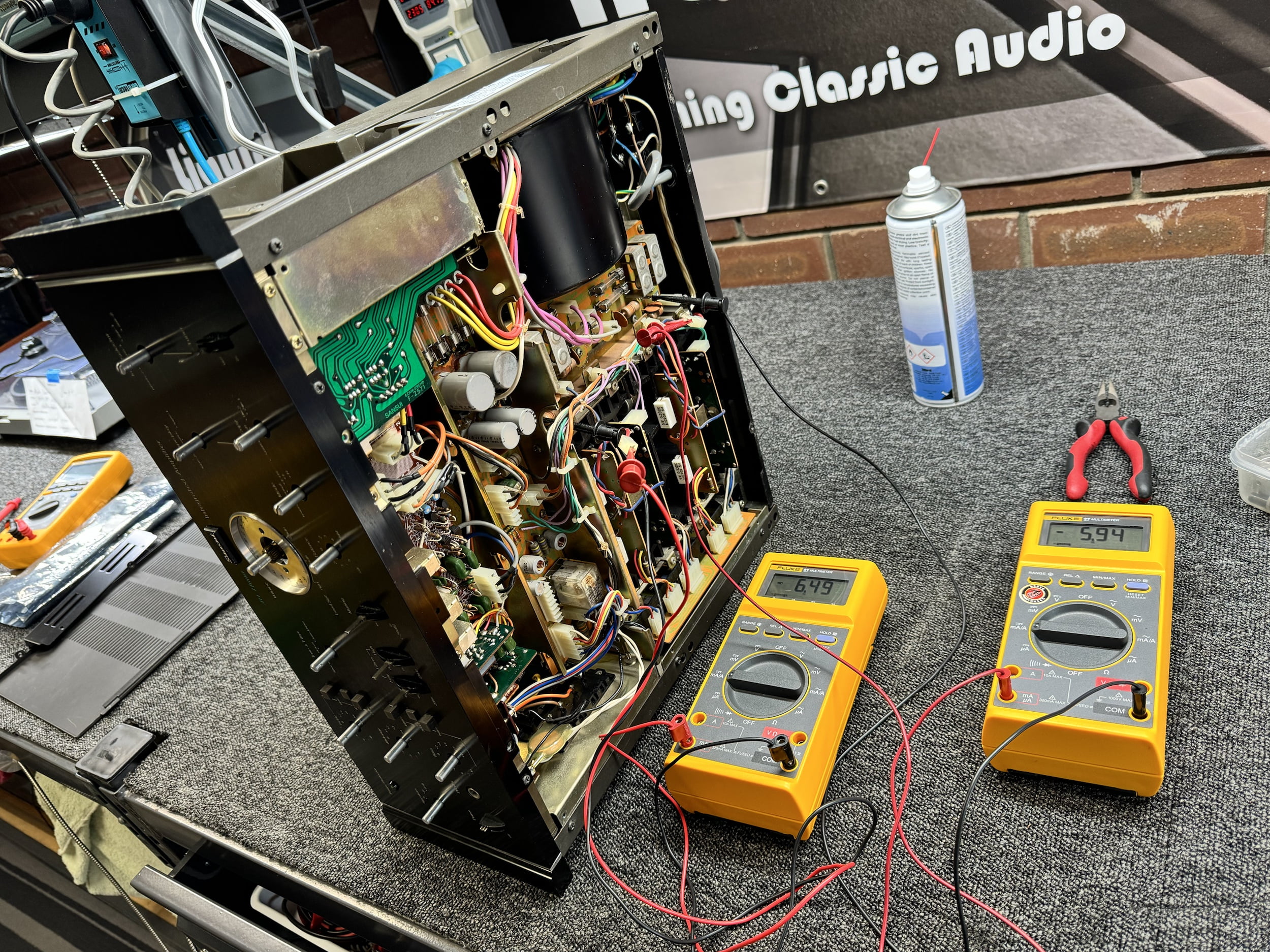



Results
Well, I hope you’ll agree that this gorgeous Sansui AU-11000 has turned out beautifully. A deep service and careful attention to the areas causing trouble, without replacing parts that don’t need to be replaced, have revealed what is an excellent amplifier underneath. This lovely old girl now runs perfectly and sounds great, and she looks very good for her age, I think you’ll agree.
She’s not perfect of course and whilst most bits are original, she’s had some previous work as I mentioned. Someone has melted one of the speaker terminals with their soldering iron (thanks for that) and there are some marks and scratches from it having kicked around for decades in a workshop environment less carefully managed than my own. Overall though, this is a very clean, honest amplifier.

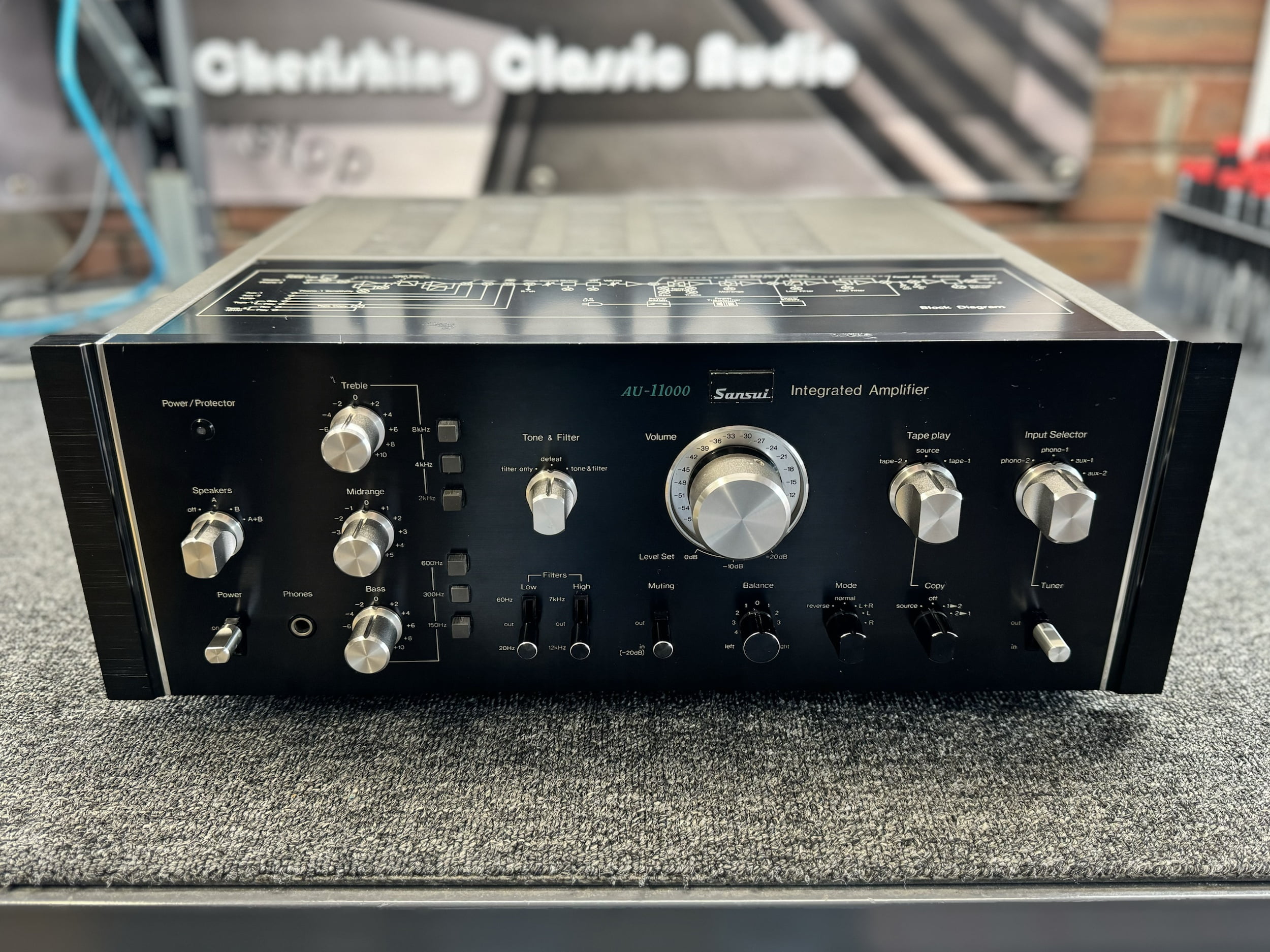
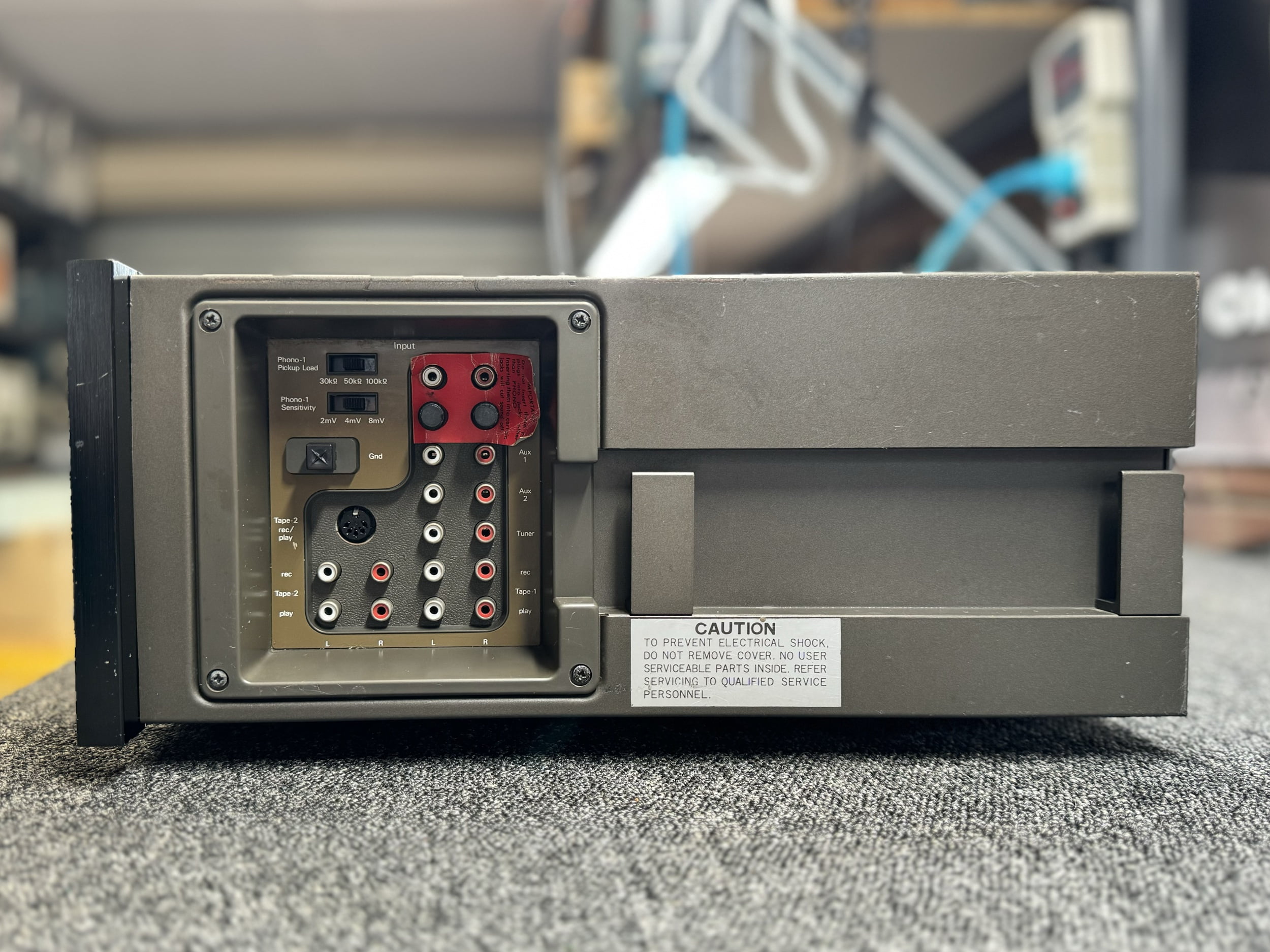

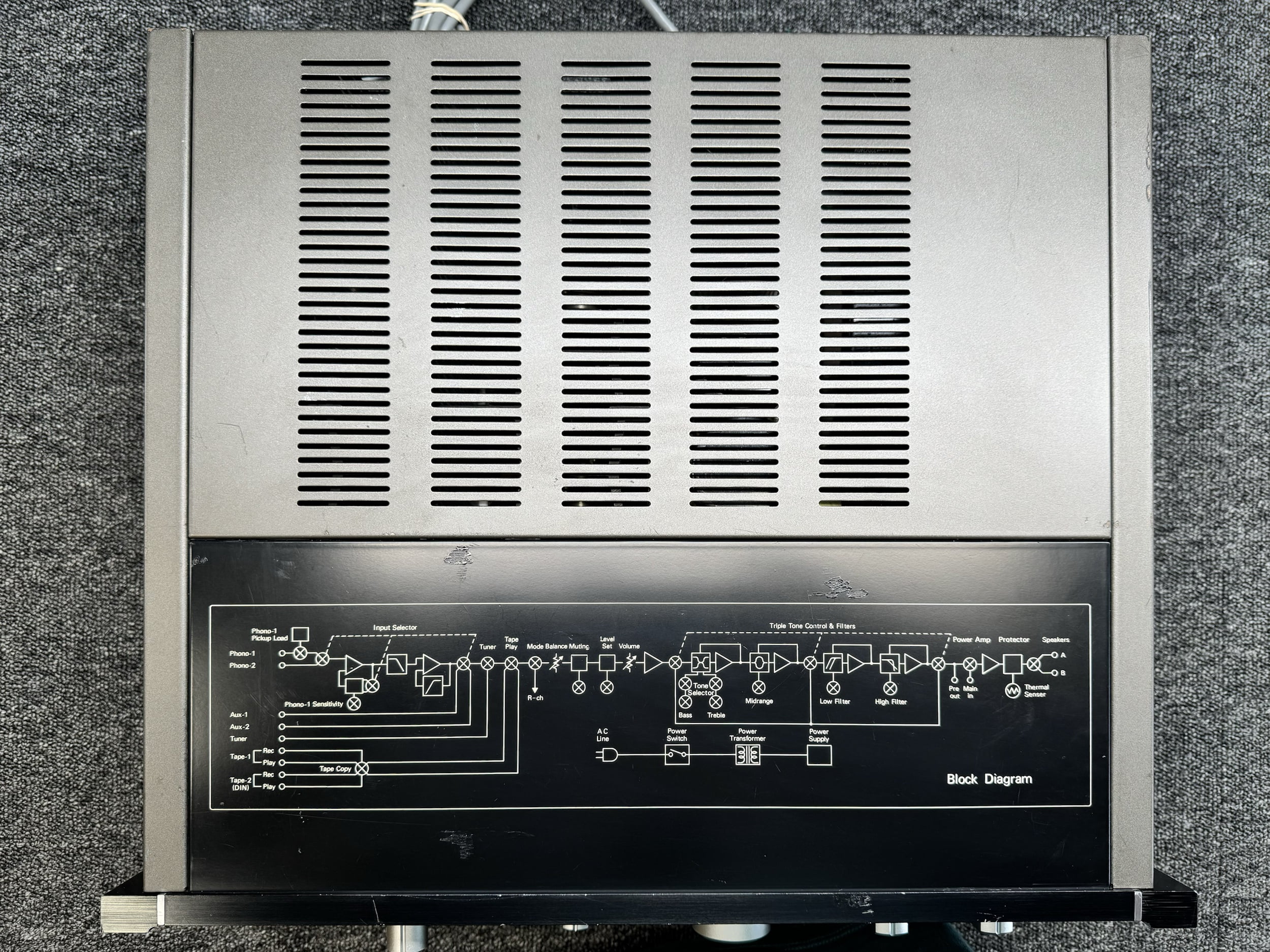
Sansui AU-11000 For Sale!
You already know I have way too much gear, so this clean and almost completely original Sansui AU-11000 integrated amplifier is now looking for a new home. I’ve had many people enquire about her and several offers, so to be fair to everyone, I need to advertise her because I don’t want anyone who might be interested to miss this one. All the more reason to subscribe for updates too folks, so you don’t miss stuff like this either:
I’m not going to auction her, though that would generate the best price, but if you’re interested, please get in touch and let me know your offer. Local buyers are preferred. I’d suggest a sensible starting point for an AU-11000 in excellent original condition, from a respected source, having just received maintenance of this quality and not being filled with Leylon or Suntan caps is around $2,500. All sensible offers will be considered though, so let’s see where it goes.
UPDATE: Sold, within 24 hours!
I’ve listed her in the store as well and note that more lovely pieces will be listed soon, like this one:
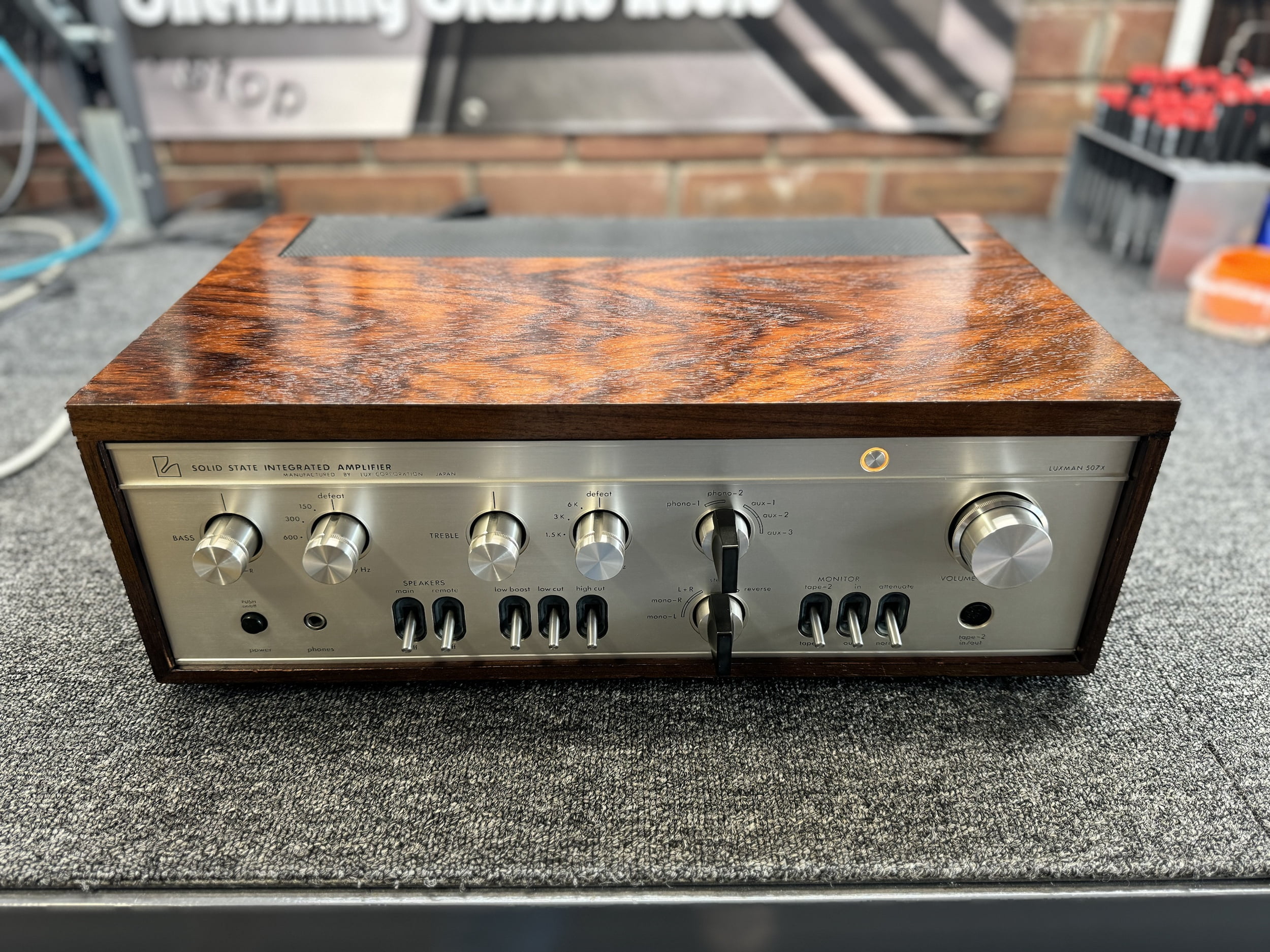
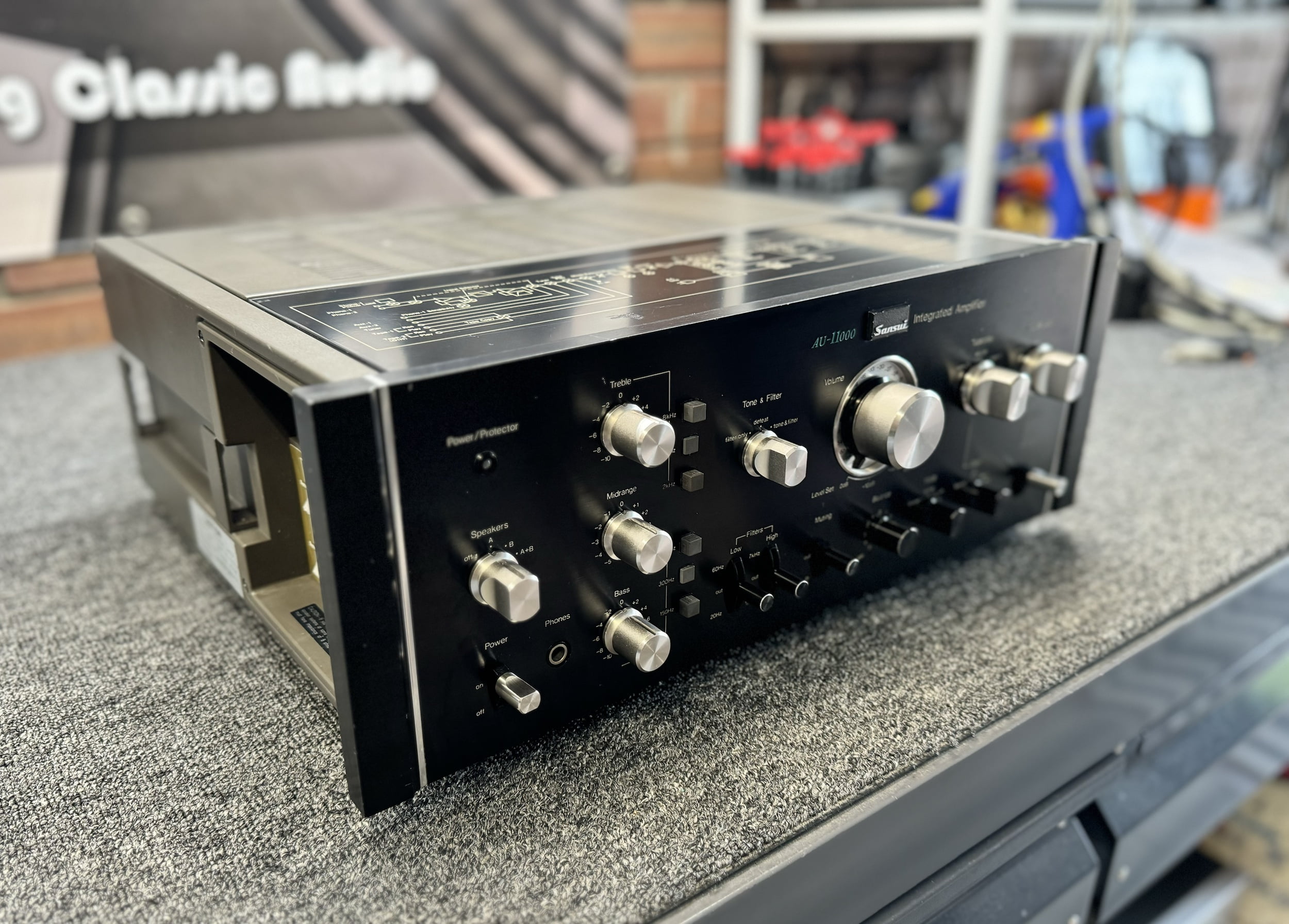

As always, thanks for visiting, please like, comment and subscribe and don’t hesitate to let me know if you’d like to buy this Sansui AU-11000. Edit – she is now sold.
Thankfully, because of the hard work of many, we see fewer Suntan and Leylon cap-filled pieces these days. We do still see a lot of very poor-quality work though, so the battle on that front continues.
Also, get in touch if you’d like me to work on your lovely old Sansui equipment or any other classic hi-fi equipment that you’d like to receive the same level of care and attention to detail.
Discover more from LiQUiD AUDiO
Subscribe to get the latest posts sent to your email.

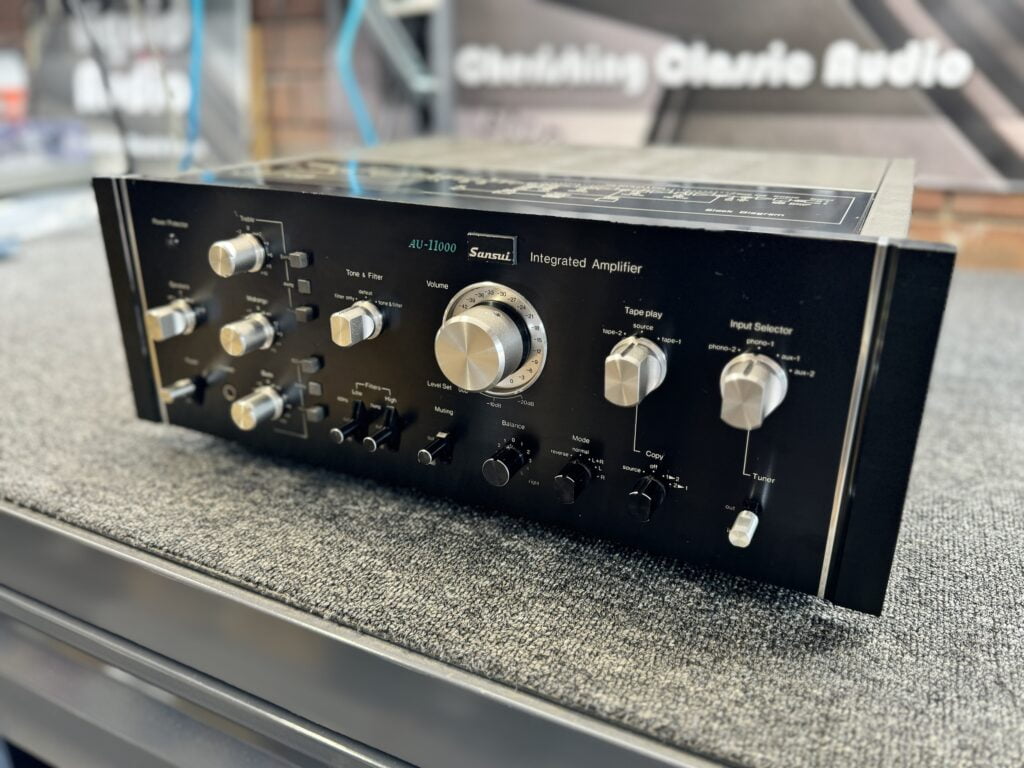

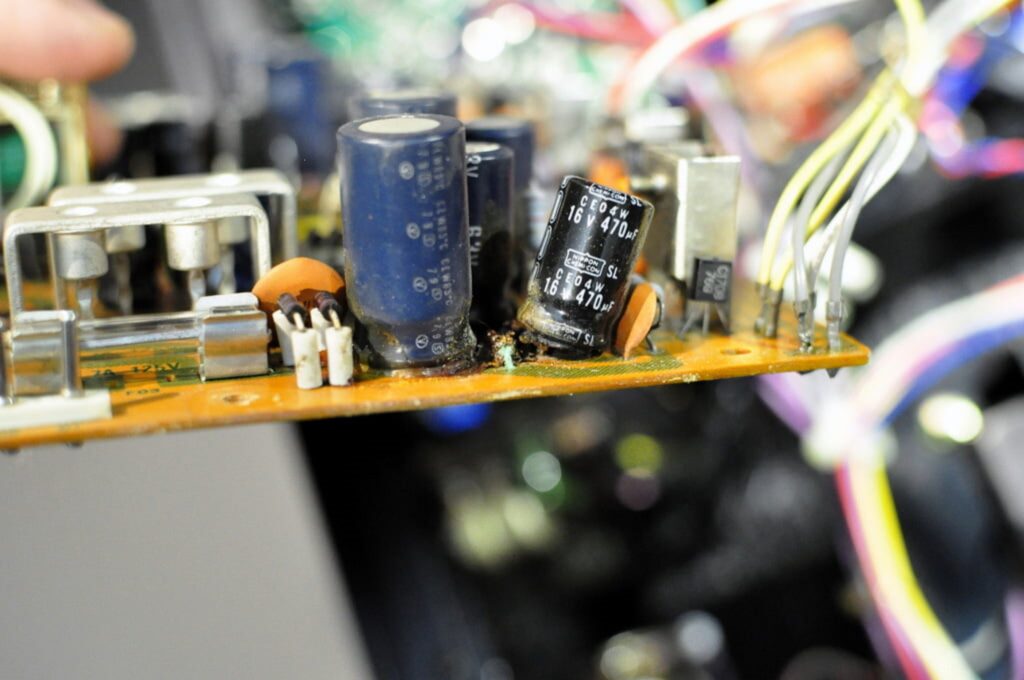
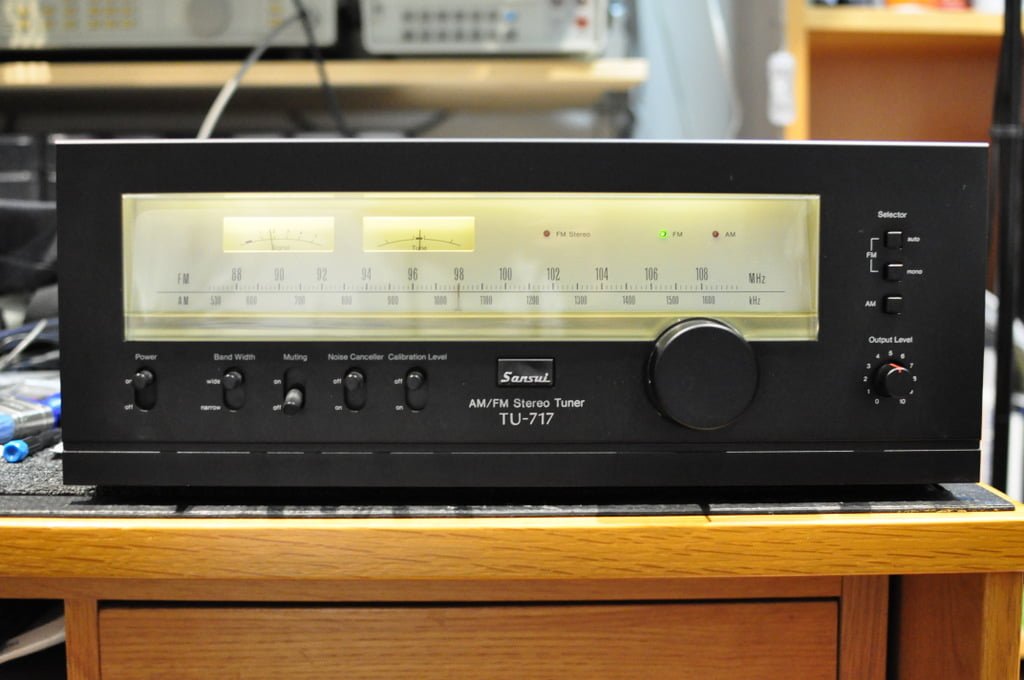

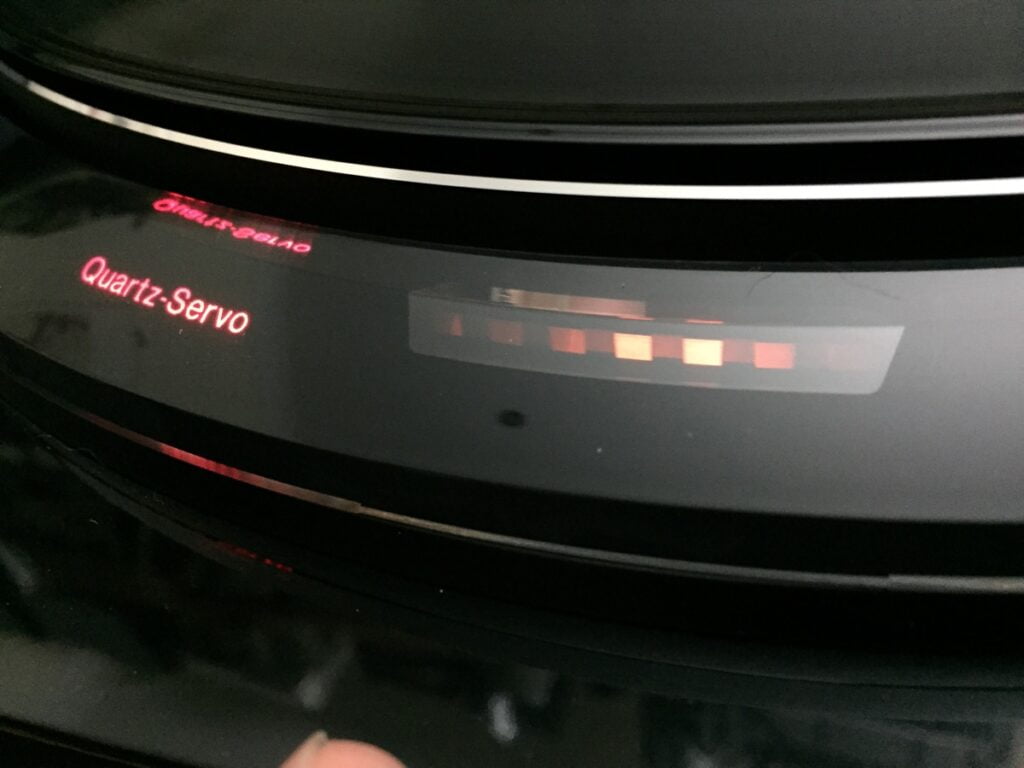
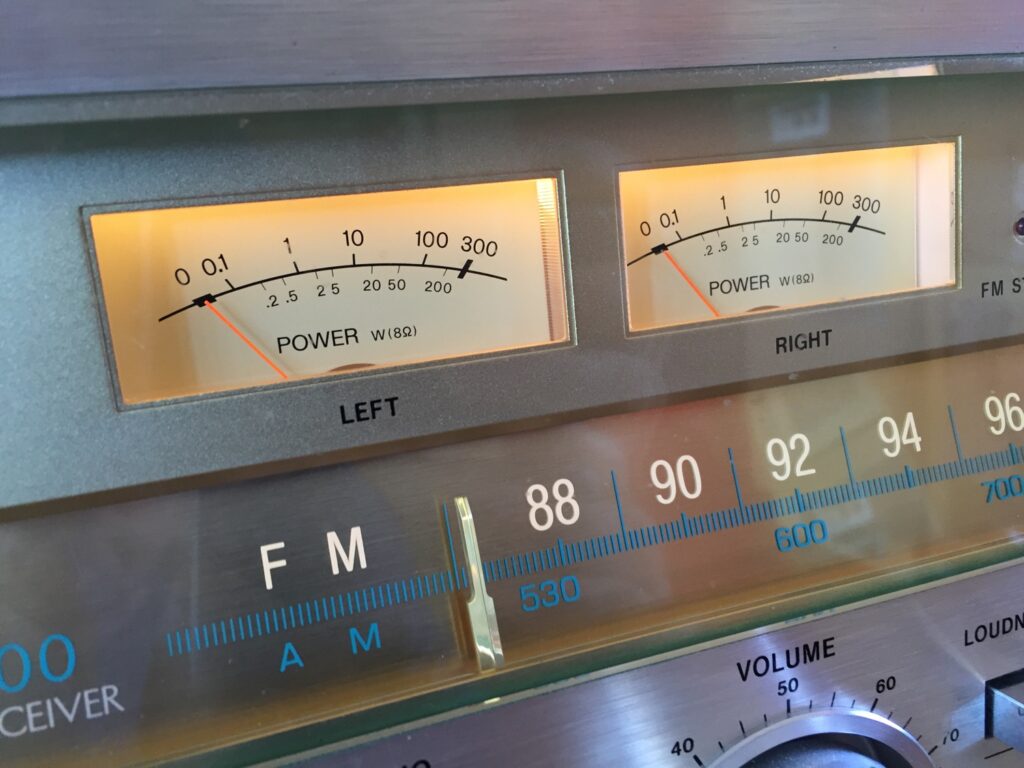
Nice work Mike and as always very informative, thanks for sharing. What a beautiful piece of vintage gear.
.
Thanks Vlad, I was half wondering whether you might be interested in this old girl..!
very tempting…
I understand..!
Looks absolutely beautiful! You always doexceptional work Mike.
Thank you Richard, very kind and I’m glad people are enjoying this old girl as much as I enjoyed working on her!
This is how I’d like to buy my old gear Mike. Thoroughly looked over, opened for inspection, clean with suggestions for later improvement.
Thanks Steve, glad you appreciate the approach. I prefer to be conservative yet thorough when dealing with old gear. Too much gear is ruined by people mistakenly replacing everything and doing a bad job of it!
One of the best Sansui Integrated amps ever made. Not only that but from from the best looking Sansui era In my opinion
Add that it’s being sold by the Best tech in the country makes it a no brainer for someone looking for a high-end vintage amp. I don’t see this hanging around for long. As always, great work, Mike
Thanks Rob, very kind of you and yes the AU-11000 is certainly a fantastic amplifier, I’m sure someone will enjoy this old girl again!
As always Mike, a brilliant read. Makes me want to be a Hi Fi technician!!
Thanks John and glad you enjoyed it!
Hi Mike, I read your Sansui AU 1100 resurrection with interest as I have one in storage that I’ve owned from new. I’m thinking of obtaining an ‘upgrade kit’ from the USA and changing the caps etc…. What are your thoughts?
Hi Phil, thanks for visiting, glad you enjoyed this article and always nice to have an AU-11000 in storage! I try to make my approach to maintaining pieces like this clear in the many articles and FAQs I’ve written, including this one and this FAQ for example on replacing caps. I never recommend kits, shotgun parts replacement or for most end-users to work on complex electronics, because this approach rarely fixes faults, usually introduces faults/problems and unless the work is done really well, also usually reduces equipment value. However, if done well, using good parts with known provenance, combined with the other more important maintenance work that is usually neglected, there can be benefits for sure.
Thanks Mike for your advice….Cheers, Phil.
Hi Mike, you’ll be pleased to know that I’ve tested my Sansui AU 11000 and it sounds great!!….a couple of scratchy switches…but a few actions…much better. I’ll see how it sounds with my Altec 604e speakers.
That is good news Phil, enjoy the old girl!